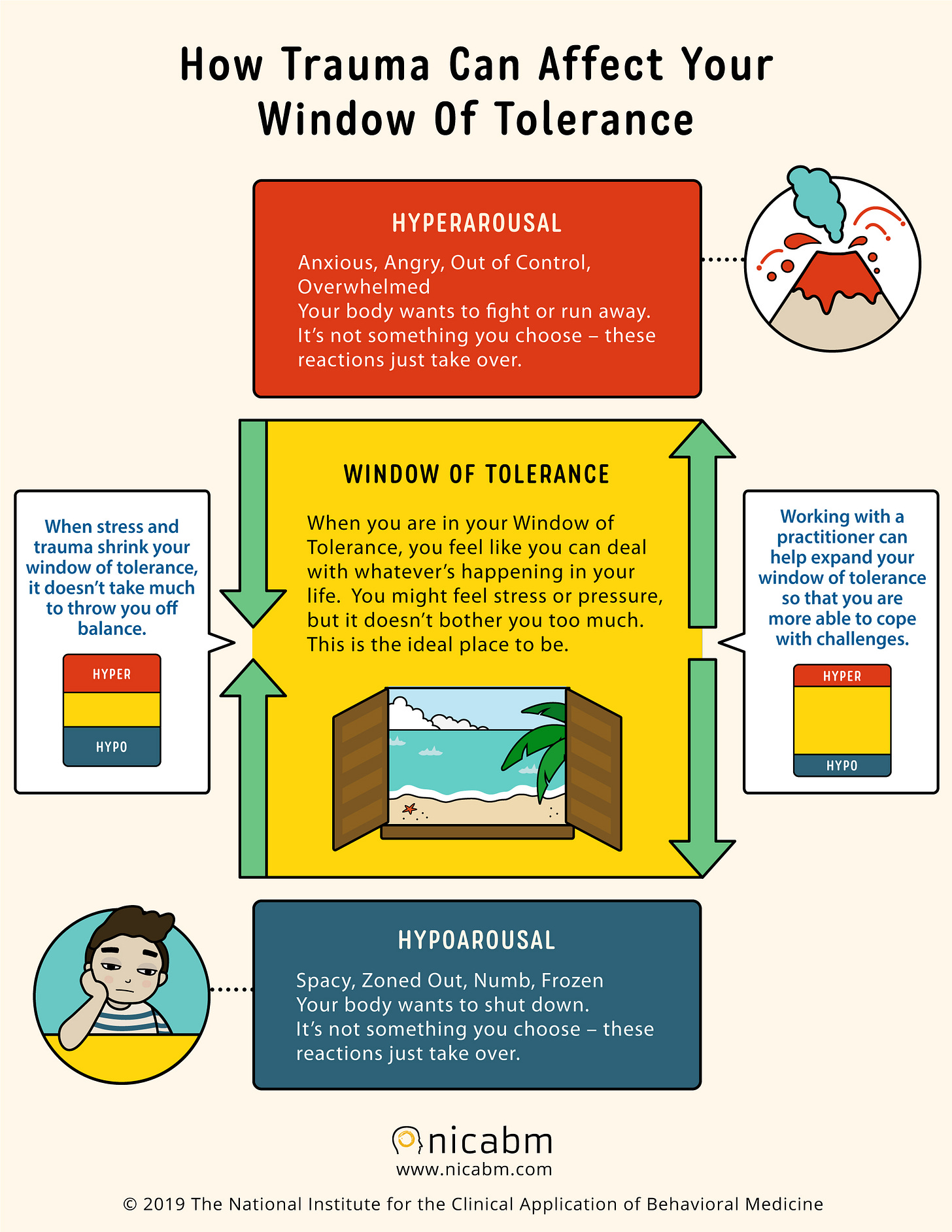What is the Pause and How Can It Help You Live a Less Stressful Life?
Trauma in the Pews 2.0. Section 2: Part Two

I am pausing the Brave Survivor content for today to post the August TITP 2.0 Section 2: Part Two Introductory chapter. The series will return next week, but this content applies!
Regulate to be Calmer
~Pause to Consider~
Use Agency to Choose
Without a moment’s hesitation, Elena slammed the book down on the desk and . . . paused. She could feel the adrenaline in her body and the urge to leave the room was overwhelming. She knew that she had been leaving classrooms since she was a child. She left many situations this way—relationships, jobs, churches. What she had never been able to do was stay regulated enough to pause.
Elena had always left and felt justifiably angry at why she left. This time was different. She knew she had been triggered but she had no idea what to do next. She wasn’t sure that sitting back down was the right answer but she now knew what the trigger was so she sat back down to reflect on it. It would take some time to learn better choices when triggered, but for now, she was proud she paused.
Even when you have worked hard to develop self-regulation skills, your efforts can still dissolve into chaos when some unexpected event or situation is perceived as a threat and causes your nervous system to react. The result is dysregulation and the first step to pausing is to recognize what is going on in your body.
The concept of the Window of Tolerance is a helpful way of thinking about the pause.
This photo is intentionally only a thumbnail version. You can view or print a copy of this infographic at the National Institute for the Clinical Application of Behavioral Medicine (NICABM). Thank you NICABM for making this available!
Life is good when you are in the window—you feel regulated. It is normal to bounce around in that window and sometimes move out of it. No one’s internal state is always in a perfectly regulated place!
Stress—especially toxic stress—can cause you to move outside that window into states of either hyperarousal or hypoarousal. Hyperarousal involves the fight and flight responses, while hypoarousal causes you to freeze or shut down. The growing understanding of the autonomic nervous system (ANS) is expanding this idea, but the Window of Tolerance is a good beginning point and provides a visual for reflection. It is impossible to stay calm and regulated all the time! What matters is how soon you can return there.
It is easy to see examples of these responses on the nightly news—and recognize them in your life—anger (fight), running (flight), or shut down (freeze). Fawning is harder to recognize! These behaviors are natural fear responses in all human beings but if you have experienced trauma in your life, they can be overwhelming and occur way too often. The answer is to find the pause between the trigger and the response.
Probably the most well-known quote about pausing was the following: “Between stimulus and response there is a space. In the space is our power to choose our response. In our response lies our growth and our freedom.”* We would all agree in theory with the quote, but neuroscience has now provided additional insight.
This chapter moves us to the second part of Section II of Trauma in the Pews 2.0. There is still much to explore so consider joining as a paid subscriber!
What Neuroscience Tells Us about the Pause
Keep reading with a 7-day free trial
Subscribe to Janyne McConnaughey to keep reading this post and get 7 days of free access to the full post archives.



